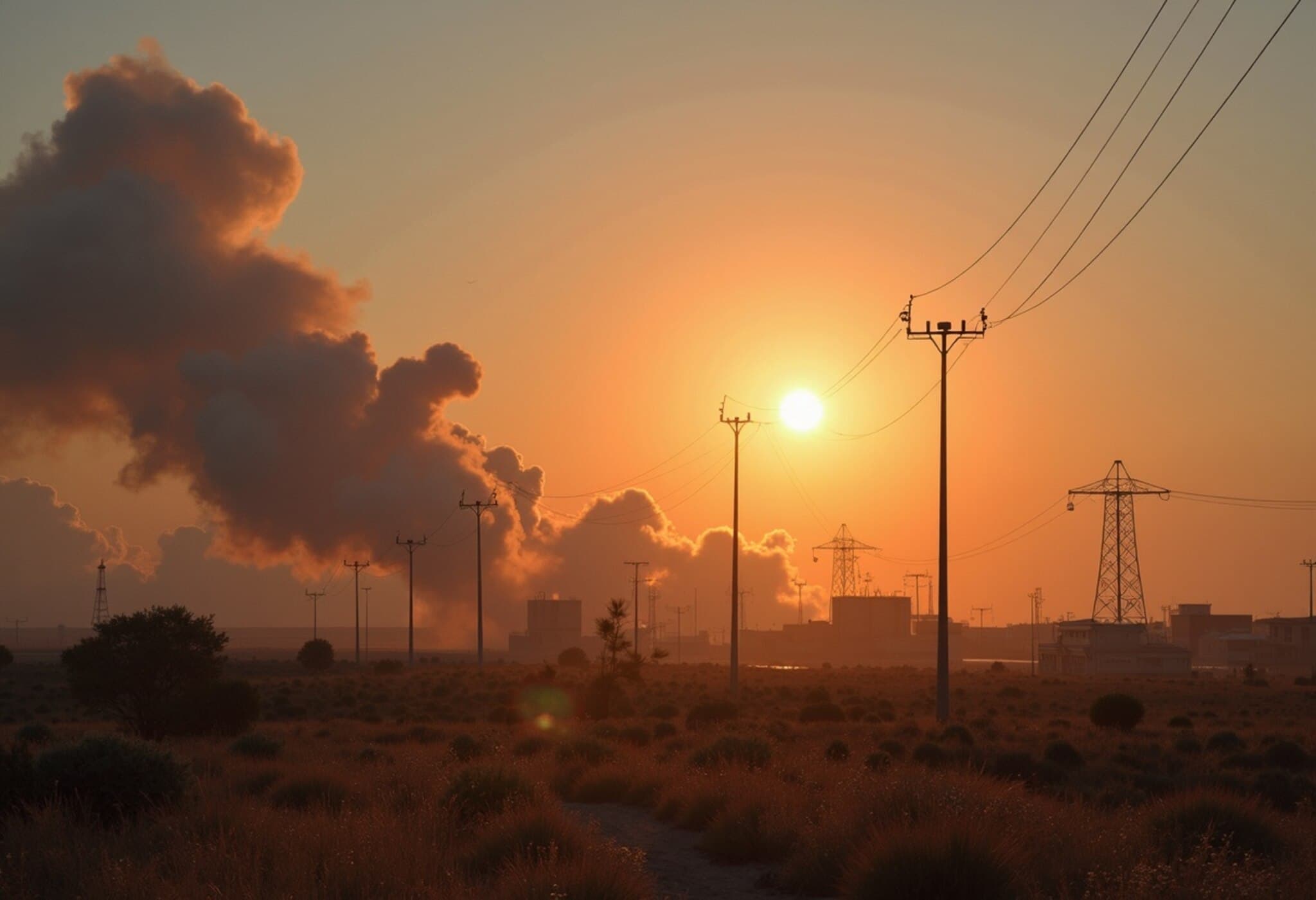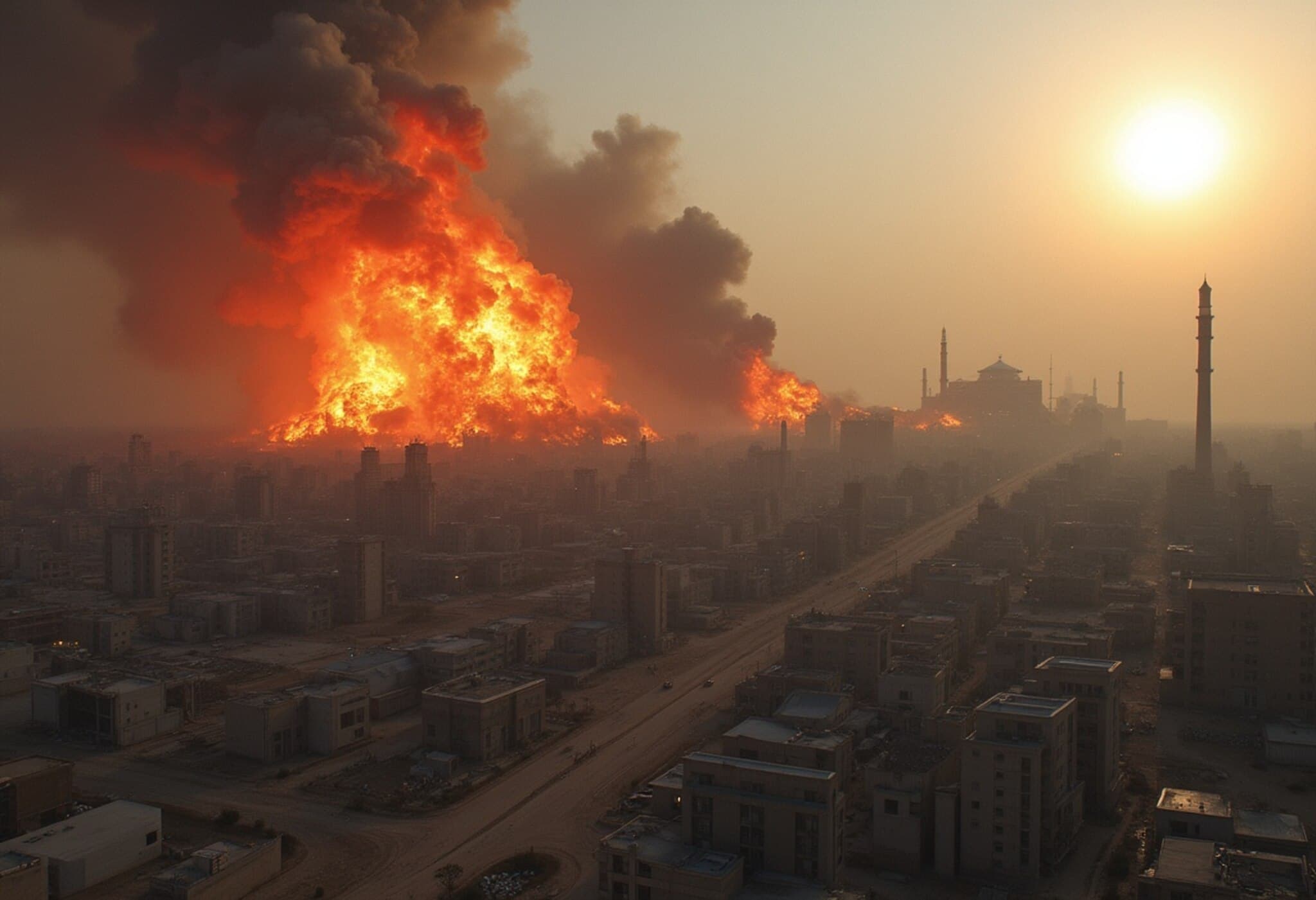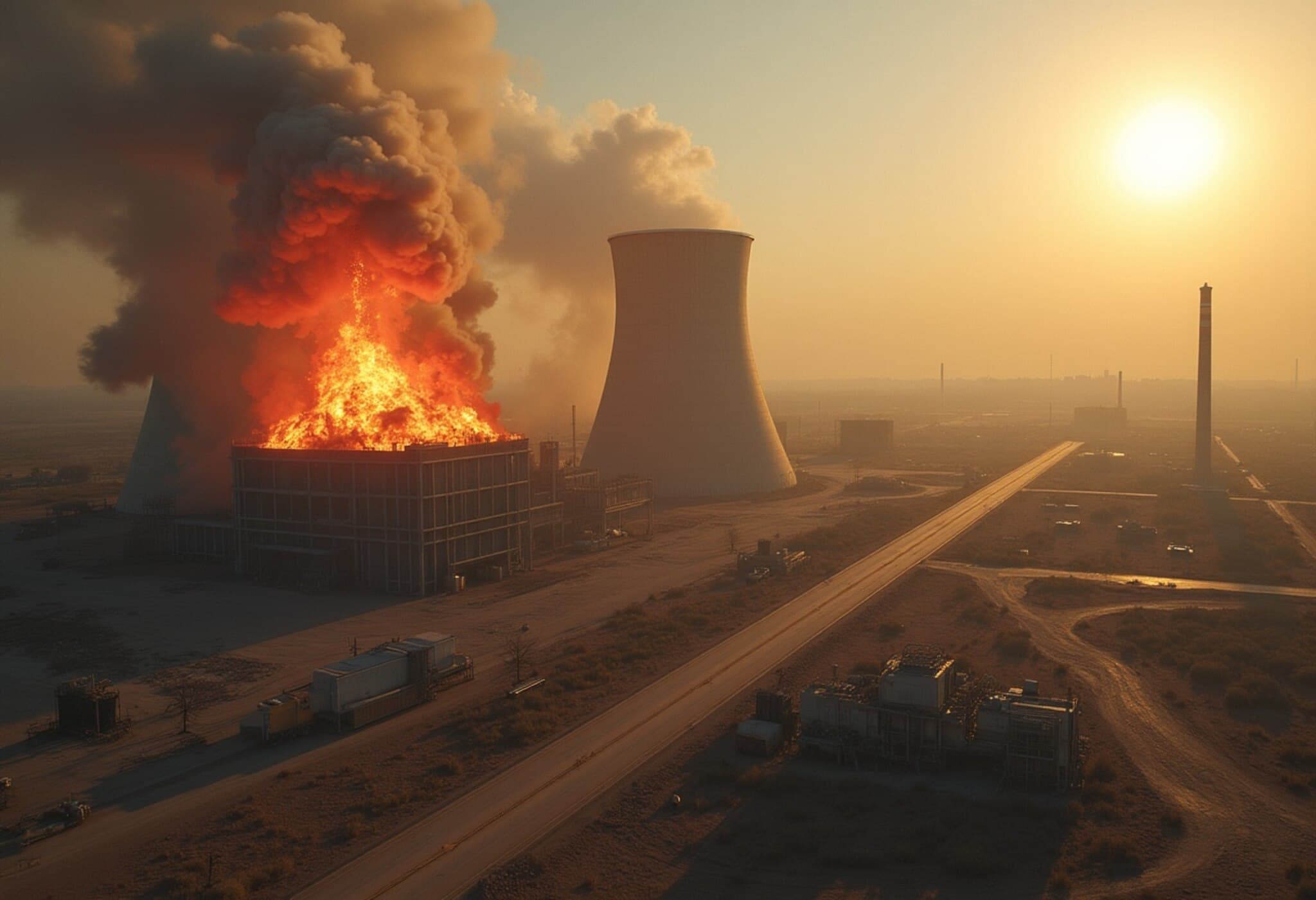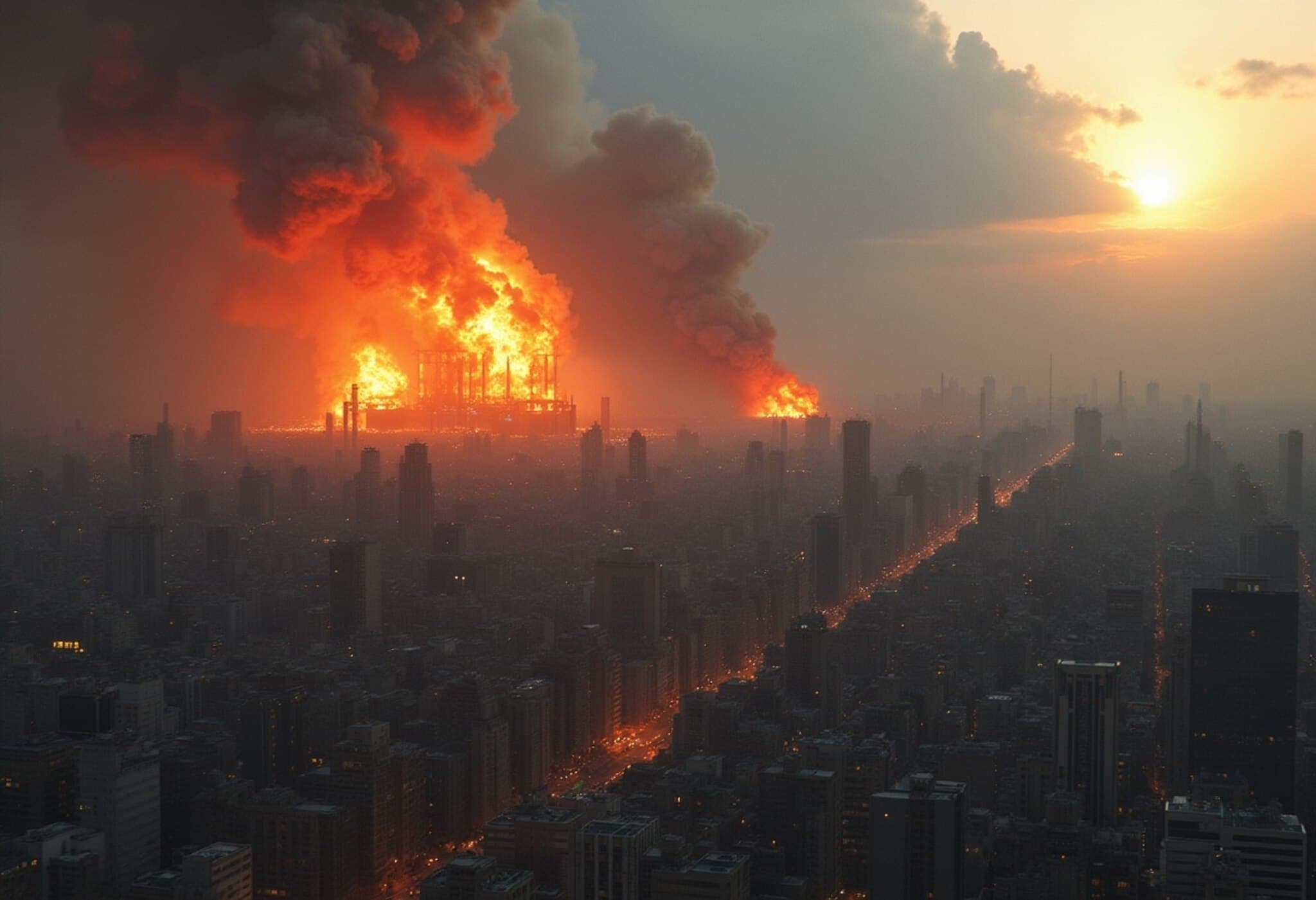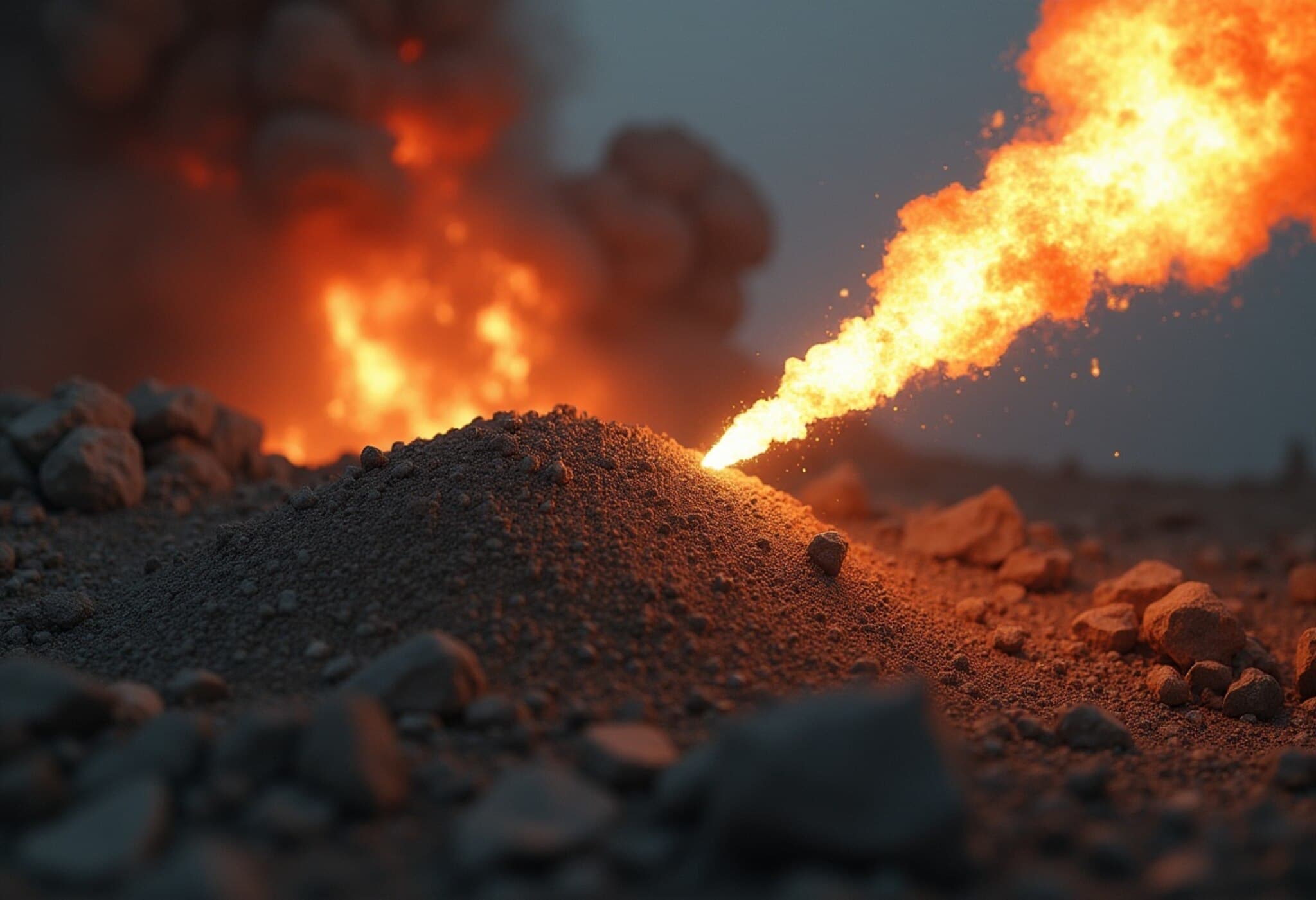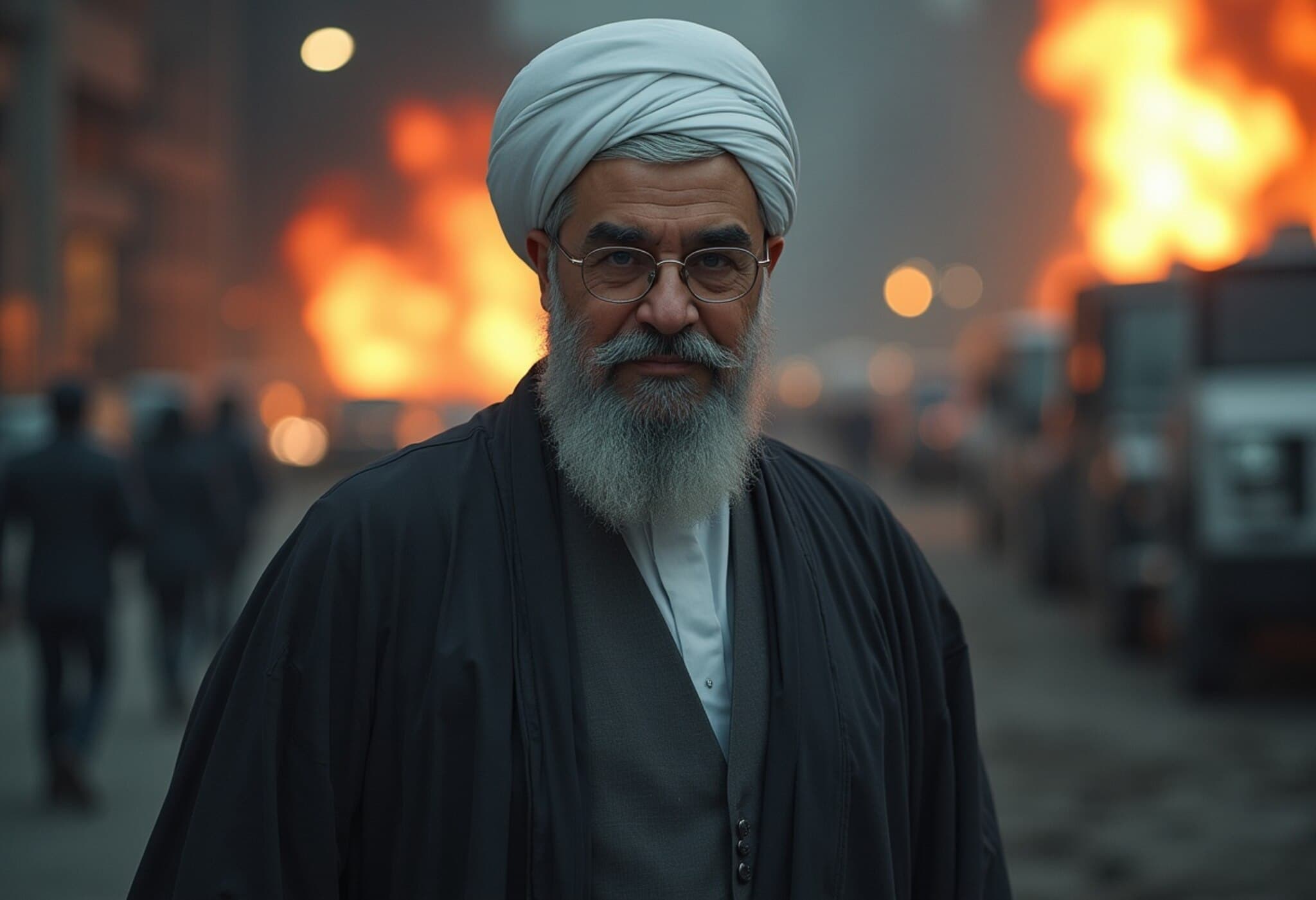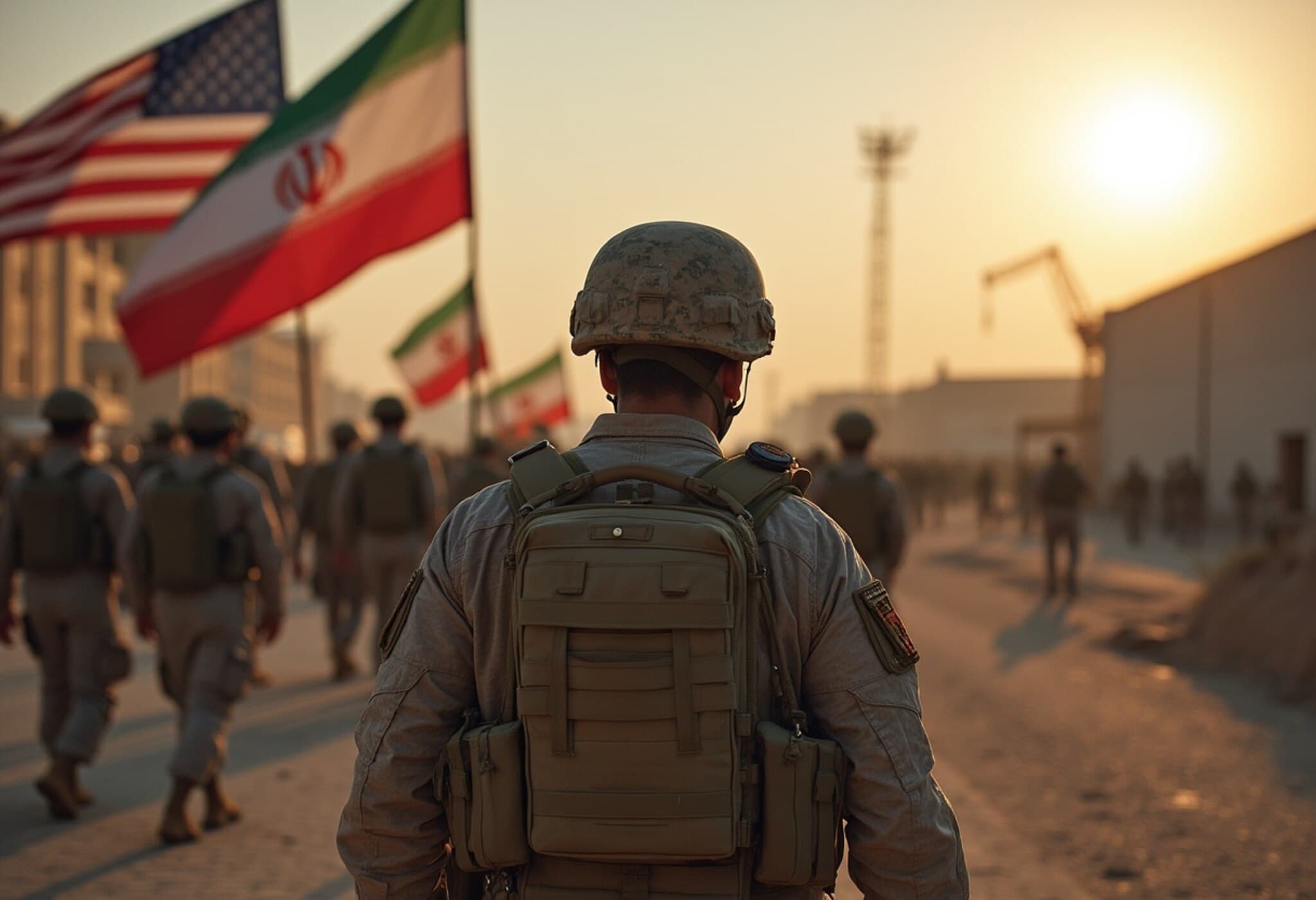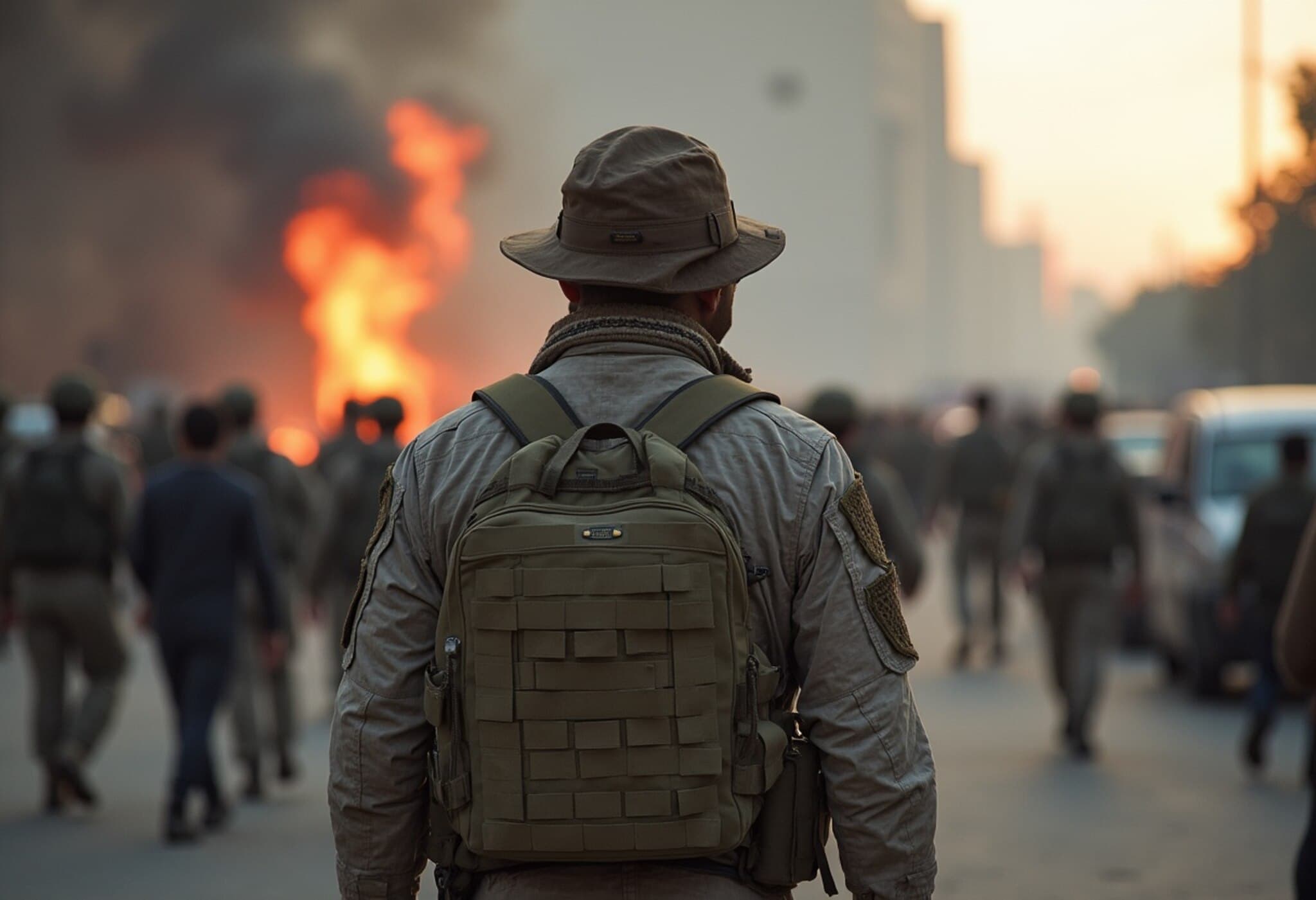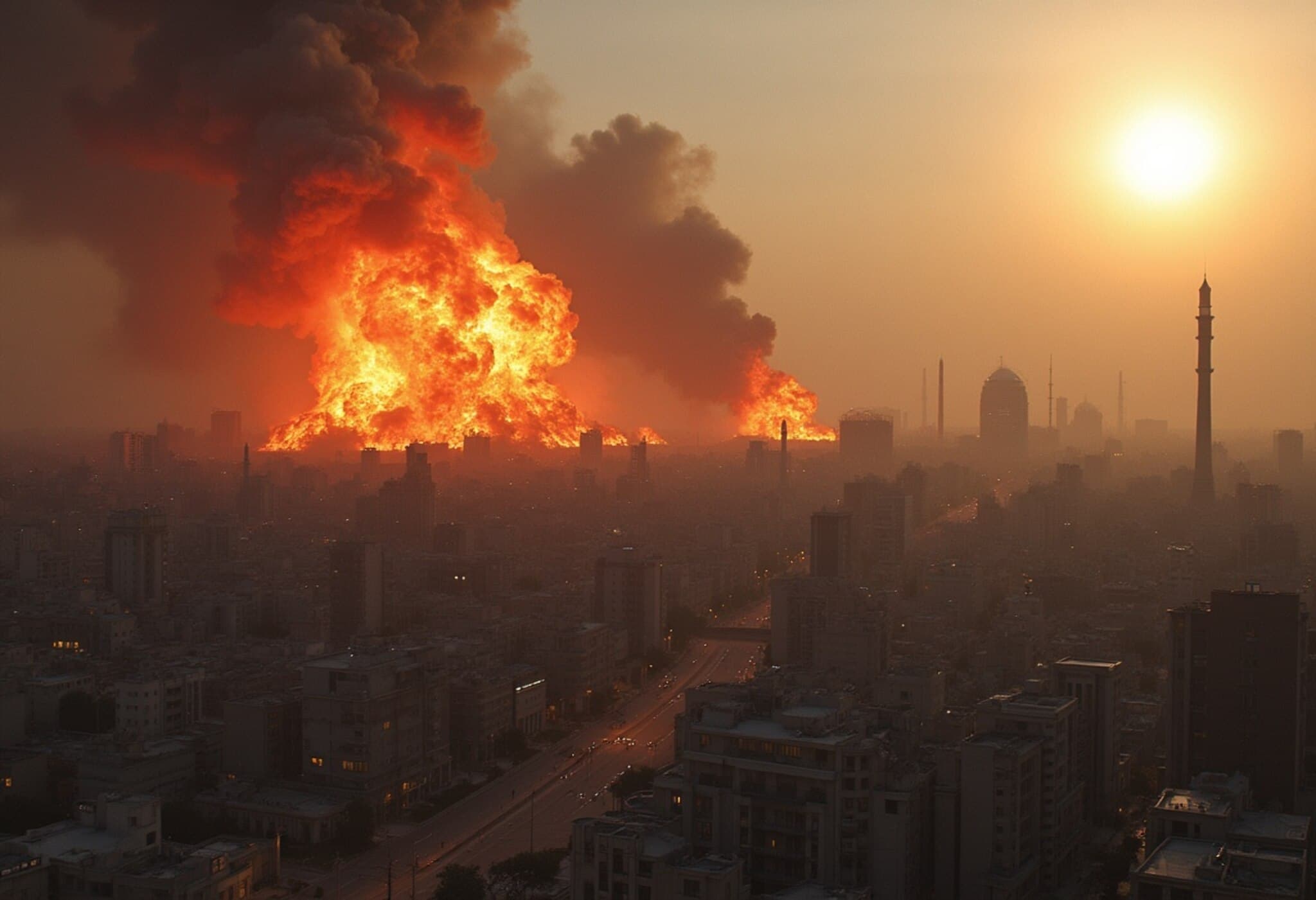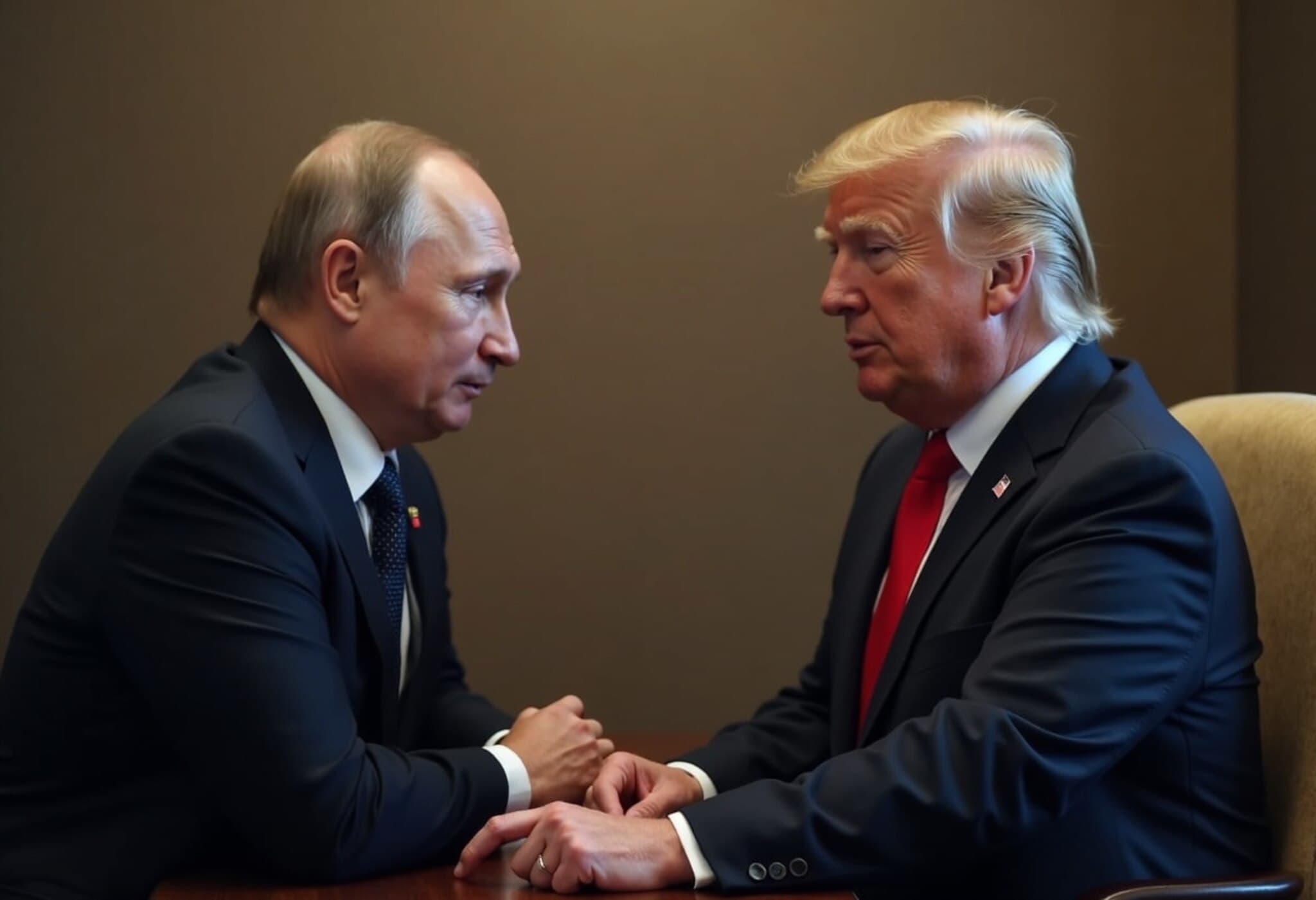Understanding Israel’s Military Action Against Iran
In a bold move early Friday, Israel launched what it described as its "largest military operation in history" targeting Iran's nuclear facilities and military camps. This preemptive strike aimed to disrupt what Israel perceives as an imminent threat—Iran’s advancing nuclear program. The assault reportedly eliminated key military leaders and nuclear scientists, striking directly at the core of Iran’s nuclear ambitions.
Israeli leadership frames this operation as a necessary defense against Iran's push toward nuclear weaponization, a concern further complicated by Iran’s uranium enrichment levels which have alarmingly neared weapon-grade purity. Despite Iran’s insistence that its nuclear activities are solely for peaceful energy purposes, this aggressive action has sent shockwaves across the international community and intensified regional tensions.
The Origins and Evolution of Iran’s Nuclear Endeavor
Iran’s nuclear efforts trace back to 1957, initially supported by the United States during a period of cooperation and the reign of the Shah. At that stage, objectives focused on peaceful energy development. However, the landscape drastically changed after the 1979 Islamic Revolution, which replaced the monarchy with a theocratic regime and led to the cessation of U.S. collaboration.
Today, Iran remains a signatory of the Nuclear Non-Proliferation Treaty (NPT), committed—at least officially—to abstaining from nuclear weapons development. Yet, uranium enrichment remains central to global apprehension. While Iran claims enrichment is essential for energy production, the technology and levels reached bring it perilously close to weapons capability.
What Is Uranium Enrichment and Why Does It Matter?
- Uranium enrichment increases the concentration of uranium-235, the fissile isotope needed for nuclear reactions.
- Natural uranium contains only about 0.7% uranium-235; enrichment raises this fraction.
- For civilian nuclear power, uranium is enriched to roughly 3-5%, while weapons-grade uranium requires around 90% purity.
- Iran currently enriches uranium up to 60% purity, dangerously close to bomb-grade material.
- The International Atomic Energy Agency (IAEA) reports Iran has stockpiled over 400 kilograms of uranium at this level, potentially sufficient for up to nine nuclear weapons if further enriched.
Diplomatic Efforts and Their Breakdown
Global diplomacy has long revolved around curtailing Iran’s nuclear capability. The 2015 nuclear deal (Joint Comprehensive Plan of Action) saw Iran limit its enrichment to 3.67%, reduce stockpiles, and restrict centrifuge use in return for sanctions relief. Yet, the U.S. withdrawal from this pact in 2018 reignited tensions.
Post-2018, Iran escalated enrichment activities, enhanced uranium purity levels, and restricted international inspections by removing surveillance cameras. Attempts to revive the deal in 2022 faltered, and inspectors uncovered uranium at enrichment levels close to 83.7% purity—worryingly near weapons-grade thresholds. Recent intelligence suggests Iran’s "breakout time" to produce enough high-grade material for a bomb may now be as short as one to two weeks.
The Strategic Importance of Israel’s Strike
The Israeli offensive concentrated on critical sites within Iran’s nuclear infrastructure, most notably the Natanz enrichment facility located approximately 250 kilometers south of Tehran. Natanz is a pivotal hub for centrifuge development and uranium enrichment. Post-strike imagery revealed significant damage and fires at the facility.
While the IAEA reported that other major nuclear sites—Fordow, Isfahan, and Bushehr—remained untouched, Iranian sources claim six nuclear scientists were killed, a significant blow to the technical workforce advancing Iran’s nuclear capabilities.
Despite fortified, underground constructions designed to withstand attacks, analysts believe Israel’s action, though disruptive, may not fully halt Tehran’s nuclear program, underscoring continued regional volatility.
Non-Proliferation Concerns and International Reactions
Marking a shift in international response, the IAEA recently passed a resolution declaring Iran in violation of its non-proliferation commitments for the first time in nearly two decades. In retaliation, Iran vowed to accelerate its nuclear activities.
Israel’s military has released declassified assessments highlighting Iran’s decentralized enrichment sites and ongoing rapid uranium production. Framing the strikes as an act of self-defense after diplomatic avenues failed, Israel underscored the urgency of neutralizing a looming nuclear threat.
What Lies Ahead?
Israel’s bold strike symbolizes the fraught and complex nature of Middle Eastern security. While Israel seeks to check Iran’s nuclear advance decisively, the path to lasting resolution remains clouded by distrust, geopolitical competition, and the delicate balance of regional power.
As Iran pursues nuclear developments and regional players brace for potential escalation, the international community faces profound challenges in preventing nuclear proliferation and ensuring long-term stability.

